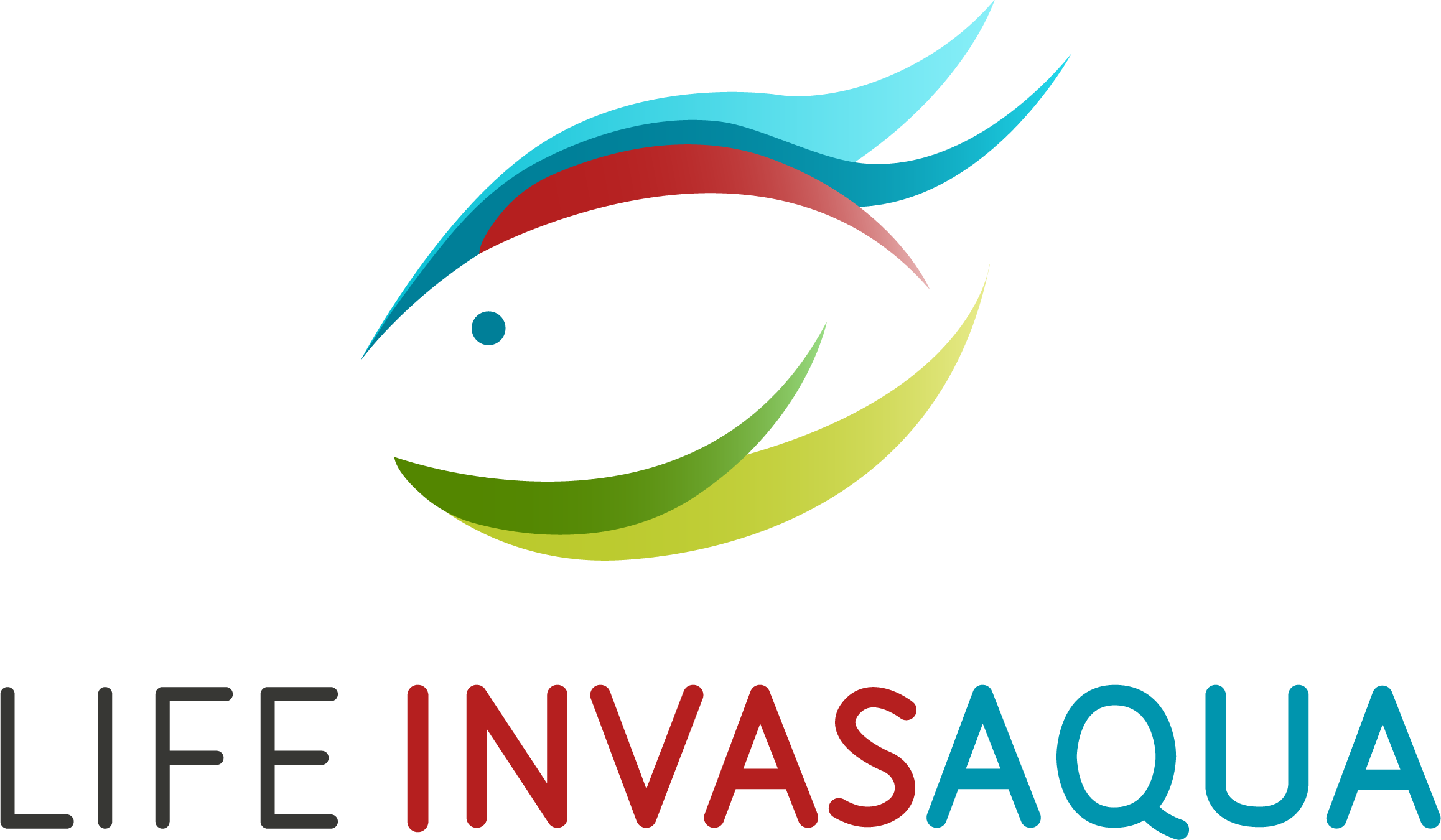
An Iberian guide to identify and combat biological invasions
A pioneering and informative guide in the Iberian field addresses the problem of invasive alien species (IAS) in a simple and visual format to help society identify them and advance their knowledge, monitoring and management.
The guide, designed as part of the Life Invasaqua project, coordinated by the University of Murcia and involving scientific, academic, training and communication entities, was presented this Friday as one of the parallel activities to the VIII Congress of the Iberian Society of Ichthyology (Sibic).
A turning point
It is “a guide to raise awareness to advance the knowledge of these species, which is the main objective of Life Invasaqua”, stressed Francisco José Oliva, coordinator of the project, in order to serve as a “turning point” for the real involvement of citizens.
“Some of the tools designed by the project are already being very useful – explained Oliva – and the guide will be another example, which we will use in all the training and awareness events and will be connected to two specific web platforms”.
Jorge Sánchez González, on behalf of Sibic, has officially presented the guide ‘¡Cuidado! Invasoras acuáticas’, focused on Iberian rivers, lakes and estuaries, which identifies a hundred species, their entry routes or their impacts, with special emphasis on the most popular ones, and insists on prevention and citizen involvement.
A guide for the whole society (free download)
GUIDE TO DE ALIEN AND INVASIVE SPECIES OF RIVERS, LAKES AND ESTUARIES IN THE IBERIAN PENÍNSULA
The contents of the guide, designed in Portuguese, Spanish and English, include texts, photographs and icons of the species divided into four groups – fungi, invertebrates, fish and other vertebrates – and in simple cards to reach the maximum number of people, Jorge Sánchez has highlighted.
In addition, the publication includes three sections aimed at the direct involvement of the public, which include information on possible citizen actions, who to address their questions or how to get more information.
Jorge Sanchez has recognized the difficulty of reaching the whole society and in this sense he has put in value “the media reach of the EFE Agency”, which participates as a main partner in the Life Invasaqua project.
Invasaqua Workshops
The presentation of the guide has been part of the workshop on ‘Prevention, control and management of IEE’, moderated by Fernando Cobo, director of the Hydrobiology Station “Encoro do Con”, in which Frederic Casals, coordinator of Sibic in Life Invasaqua, has reviewed the current legislation in this area and has stressed the “contradictions” that sometimes incur the different rules.
He welcomed the adoption of the EU Strategy for Biodiversity until 2030 and stressed that “it is expected that in the coming years there will be more emphasis on the problem and new regulatory changes.
For his part, Ricardo Gómez, on behalf of the Ministry for Ecological Transition and the Demographic Challenge (Miteco), referred to the recent royal decree approved by the Council of Ministers that advances in the border control of the entry into Spain of exotic species, which “will complement the scheme that the Government has in mind to address the problem at the national level.
“Until now, there has been no tool to act in a preventive way”, he explained, “and with this initiative the circle is closed and a powerful mechanism is established against the incorporation into the natural environment of allochthonous specimens that can become invaders”.
For Ricardo Gómez, “now we must work in the context of the EU so that our colleagues not only know about this pioneering initiative in prevention, but that in the near future they can implement it”. EFEverde
GUIDE TO DE ALIEN AND INVASIVE SPECIES OF RIVERS, LAKES AND ESTUARIES IN THE IBERIAN PENÍNSULA
Más información sobre especies exóticas invasoras y medio ambiente en: www.efeverde.com
Catalogo de EEI en España BOE-A-2013
Sobre LIFE17 GIE/ES/000515 Life Invasaqua de la UE.
Especies exóticas invasoras de agua dulce y sistemas estuarinos: sensibilización y prevención en la Península Ibérica
Cofinanciado por la UE en el marco de la iniciativa Life y coordinado por la Universidad de Murcia, LIFE INVASAQUA tiene por objeto contribuir a la reducción de los impactos perjudiciales de las ESPECIES EXÓTICAS INVASORAS (EEI) sobre la biodiversidad mediante el aumento de la sensibilización del público, el aumento de la formación en sectores involucrados y la creación de herramientas para un sistema eficiente de alerta temprana y respuesta rápida (Early Warning and Rapid Response, EWRR) para gestionar sus repercusiones en los ecosistemas de agua dulce y estuarios.
Life Invasaqua está coordinado por la Universidad de Murcia con la participación de 8 socios: EFEverde de la Agencia EFE, las UICN-Med, el Museo de Ciencias Naturales-Consejo Superior de Investigaciones Científicas, la Sociedad Ibérica de Ictiología (SIBIC), la Universidad de Navarra, la Universidad de Santiago de Compostela, la Universidad de Évora y la Associaçao Portuguesa de Educaçao Ambiental (ASPEA)



